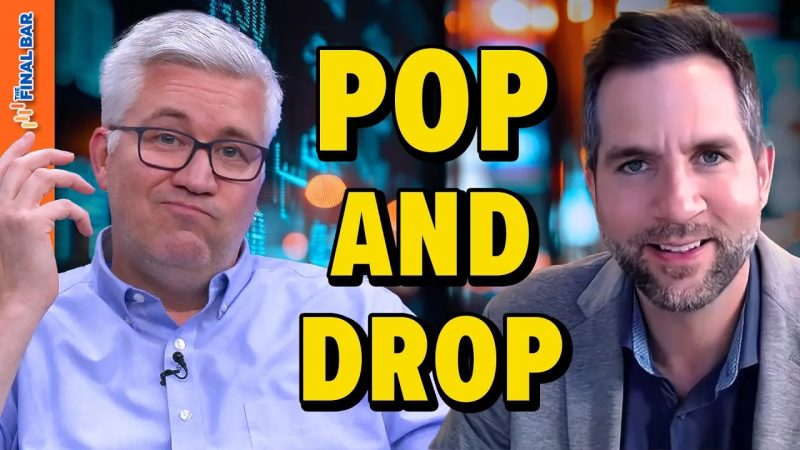The recent market movements have been a rollercoaster for investors, with significant pops followed by sharp drops, especially on Fed days. Analysts and traders eagerly anticipate Federal Reserve announcements, as they can have a profound impact on the stock market. In this article, we delve into the dynamics of market reactions on Fed days and explore the factors driving these sharp movements.
Market volatility surrounding Fed days is a common occurrence, characterized by heightened uncertainty and rapid fluctuations in stock prices. One of the primary reasons for this volatility is the market’s sensitivity to changes in monetary policy. The Federal Reserve plays a crucial role in shaping the economic landscape through its decisions on interest rates, asset purchases, and other policy tools.
When the Fed makes an announcement, investors carefully dissect the language used in the statement and listen keenly to the accompanying press conference for clues about future policy actions. Any hints of a shift in interest rates or the Fed’s stance on inflation can trigger swift market reactions. Positive news, such as indications of accommodative policies, often leads to a market rally, with stocks surging in response to the perceived supportive environment.
Conversely, any hints of tightening monetary policy, such as discussions around interest rate hikes or tapering of asset purchases, can cause a sell-off in the market. Investors react to the prospect of higher borrowing costs, which can impact corporate earnings and economic growth projections. The market’s sensitivity to even subtle changes in the Fed’s rhetoric underscores the importance of communication and clarity in central bank messaging.
In addition to monetary policy shifts, market participants also monitor economic data releases on Fed days for insights into the health of the economy. Reports on employment, inflation, and GDP growth can influence market sentiment and drive stock price movements. Strong economic indicators may bolster investor confidence and support market gains, while disappointing data can trigger selling pressure and lead to declines in stock prices.
Furthermore, external factors such as geopolitical events, trade tensions, and global economic conditions can amplify market volatility on Fed days. Uncertainty surrounding these external influences can exacerbate the impact of the Fed’s policy decisions on investor sentiment and market dynamics. As such, investors need to adopt a diversified and risk-aware approach to navigate the turbulent market environment on Fed days.
In conclusion, market pops and drops on Fed days are a reflection of the intricate interplay between monetary policy, economic data, and external factors. Investors must stay vigilant, stay informed, and adapt their strategies to navigate the market fluctuations driven by Fed announcements. By understanding the underlying factors shaping market reactions on Fed days, investors can make more informed decisions and manage their investment portfolios effectively in a volatile and uncertain environment.

